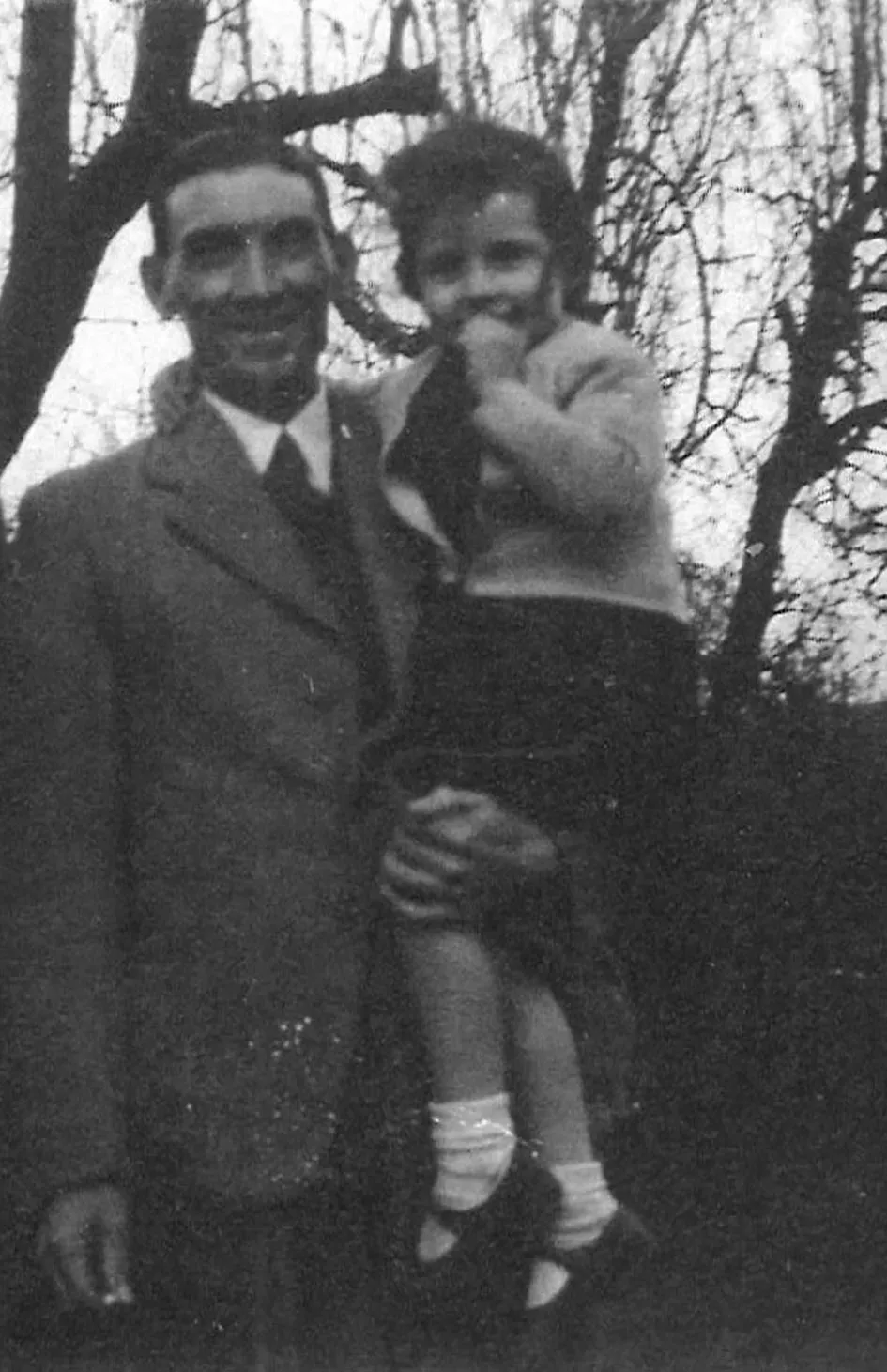Liz Carr was born on 21 April 1972 in Port Sunlight and is 52 years old. She is an actor and comedian best known for her role in Silent Witness. She was disabled from age seven, owing to arthrogryposis multiplex congenita, and is a campaigner for disability rights and against assisted dying.
When Liz sets out to find her family history on Who Do You Think You Are?, she’s interested in discovering where she got her personal traits from – in particular her wanderlust and her passionate anger at injustice, which drives her work as a disability rights activist. She’s also heard a family rumour that there was “an assault or an altercation” and she wants to find out more.
Liz goes back to visit her Mum, Pat. Pat tells her that she didn’t really know her father John Hughes, as he died when she was a child. However, the 1911 census shows John, aged 11, living with Margaret and Robert Stokes – and he’s listed as adopted.
To find out what happened to John’s parents, Liz meets historian Julie-Marie Strange. Julie-Marie tells her that in the 1901 census John was living with his birth family – his father John Sr, his mother Alice and his sister Emily. Margaret Stokes was their landlady.
Tragically, the records show that in 1907 John Sr was admitted to Tranmere Workhouse. Julie-Marie suggests the family had fallen on hard times and John Sr went to the workhouse on his own to spare his family the indignity.
Liz is saddened to see a picture of the workhouse - “That’s not a place you want to visit, really. It’s a bit grim.” Julie-Marie points out the building was behind where they are now, so they’re very close to the “ghosts” of the past.
John died in the workhouse a year later at the age of just 44, and his wife Alice died of cancer in 1910. Liz now has a sense of her grandfather’s childhood, but she wants to know what happened next, especially as he would have been the right age to fight in the First World War. She looks up his records online and founds out he served in the Royal Navy. She meets with maritime historian Simon Wills to find out more.
John Hughes served on a ship called the Kildonan Castle. While he was on board, a German U-Boat attacked the ship – but luckily they missed.
“Could have been the end of our line of the family there!” Liz says.
After the war, John joined the Merchant Navy, working as a stoker. Liz is delighted that the detailed surviving records even include descriptions of his tattoos – and the destinations all over the world he visited. Liz, who also loves to travel, says: “I feel an absolute connection to my granddad and I didn’t realise that was there.”

Next, Liz travels to County Armagh in Northern Ireland, where her paternal grandmother’s family, the Ryans, came from. She learns that in 1864, her 3x great grandfather Barney Ryan was a tenant farmer on the estate of John Foxall. Unusually, he had moved there from the estate of another landowner, Meredith Chambre.
Like many wealthy landlords in Ireland, they were of English descent. In the 16th and 17th centuries, the British Crown had confiscated farmland and given it to Protestant settlers from England and Scotland. Most of the native Catholic population were tenants, living in wretched conditions, especially following the 1845-49 Great Famine.
Meredith Chambre was attacked in the press for demanding payment of rent while his tenants were starving, and received threatening letters. In January 1852, he survived an assassination attempt which left him badly injured. Press reports at the time link the attack to the Ribbon Society - a secret Irish Catholic movement established to pressure landlords to treat their rural tenants fairly.
Liz discovers that Barney Ryan was arrested on suspicion of the murder, but he had an alibi. She suspects Barney was one of the Ribbon Men. Channelling the crime-solving spirit of Silent Witness, she’s determined to find out what his real involvement was. She goes to the now-abandoned Armagh County Gaol, and meets historian Dr Eamonn Gardiner. He tells her that another man, Francis Berry, was arrested for the crime. In his deposition, Francis says that Barney Ryan was the one who told him of the murder attempt and took charge of the other men present, telling them to back to their houses.
Francis Berry was convicted of conspiracy to murder and hung in the same gaol, and no one else was ever convicted of involvement. There’s a final twist in the tale, however – Liz meets historian Seamus Murphy. He shows her a transcript of an oral history interview with Mary Nugent, a local woman who would have known Barney Ryan as a child. She says: “It was Barney Ryan was in it and indeed he was at the plotting.”
Liz is left conflicted about Barney’s actions, since he was driven to them by poverty and ill-treatment: “I am not at all going, ‘yeah absolutely, whatever it takes!’ But I understand why people did what they did. And it doesn’t make me any less proud to be his great-great-great granddaughter.”
